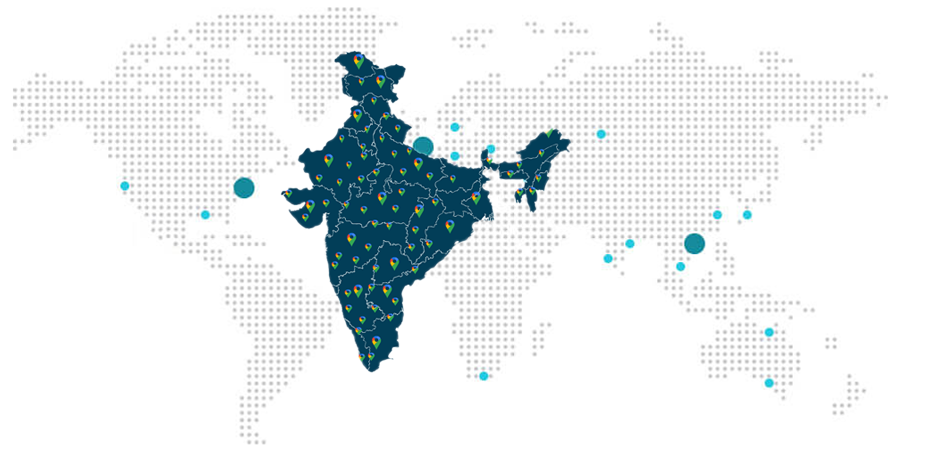A Guide to Claim Income Tax Relief under Section 89(1) on Salary Arrears
Categories
Claim Income Tax Relief under Section 89(1) on Salary Arrears: Form 10E Filing
It is common knowledge that tax is calculated on your total income received during the year. However, any income received in the current that were supposed to be paid earlier like pension or arrears can quickly change your tax situation. Tax rates continue to climb northwards with passing time and under such situation payments that were supposed to be made earlier is paid in the current year may cause you sleepless nights worrying about being compelled to pay higher taxes. Also, tax slabs under which you fall may go up when you receive salary, pension or arrears in a different year.
However, you need not worry as to ensure that you are not burdened with additional tax for the delayed income, the tax laws under Section 89(1) offers you a relief. You can apply for this relief while filing your Income Tax returns if you have received salary arrears or have got advanced salary or for that family pension that you have received in arrears.
The Income Tax Department for the Financial Year 2014-15 (The Assessment Year 2015-16), has made it compulsory for people to file form 10E in order to claim a rebate or relief under Section 89(1). Under this particular section, taxes are recalculated for both the years in question—the year in which the arrears were paid and the year in which they are received. The taxes are calculated on the basis of tax rates applicable when the arrear was actually supposed to be received.

Few important things to remember during the filing of relief under Section 89(1) are enumerated as following. Please go through them carefully so that you do not face any problems during its actual filing.
First and foremost, it is important to remember that the form 10E must be filled by visiting the Income Tax website. As mentioned above, the Income Tax department has made it compulsory to file form 10E in order to claim a rebate or relief under Section 89(1). Taxpayers claiming relief under 89(1) were served notices of non-compliance for not filling Form 10E. Also, your application is not processed in absence of Form 10 E.
It is also seen that many taxpayers claiming rebate under 89(1) are confused about the assessment year they should choose while filing Form 10E. The confusion usually stems from the fact that they were supposed to be paid earlier but they are being received at a later date. However, to put a stop to this confusion one and for all, please remember to choose the assessment year in which the arrears were actually received. For example, if you get your arrears in financial year FY 2017-18, you need to take assessment year as AY 2018-19. Also, as mentioned above Form 10E can only be filled online by visiting the official website.
Therefore there is no need for you to attach the copy with your tax returns. However, you need to keep a record of it as well as other transactions for future references. Your employer may demand that you show a copy of Form 10 E in order to make adjustments in your taxes and provide you the tax relief. However, you are not required by law to submit this form to your employer. Also, Form 10 E can be filled at the time you file your income tax returns.
Filing Procedure of Income Tax Form 10E
Also, your salary is taxed either when it is received or when your salary is due. Which factor will come into play depends upon whichever is earlier. In contrast, arrears are declared from a back date and as such they cannot be taxed when due.
It is also important to remember that you are eligible to claim relief under Section 89(1) if you receive family pension in arrears. The rules to claim relief is same as that applicable to arrears received via salary.
Is it OK if I fill Form 10E after filing my Income tax returns?
It is always recommended to fill Form 10E along with your IT returns otherwise you may get a notice of non-compliance from IT department and your application will not be processed.
Am I required to attach a copy of Form 10E that I have filled along with my IT returns?
No. Since you already have filled Form 10E on the Income Tax website, there is no need to attach a copy of it with your IT returns.
Am I eligible to demand tax relief from my employer after filling Form 10E?
Yes. Only thing you have to do is to show the proof that you have indeed filled Form 10E.
When I am filling Form 10E, which Assessment year should I chose?
The Assessment year you choose should be the financial year in which the arrears were really due i.e. the year in which they belong.














